When you check the specs on your new smartphone, you see "LiPo." But your high-power flashlight uses a "Li-Ion" 18650 cell.
They both offer great rechargeable power, but what’s the real story when comparing a LiPo with a Li-Ion battery?
The main difference isn't what most people think.
We’re here to clear up the confusion and help you understand exactly what you’re buying and which power source is the right choice for your gear.
Table of Contents
- What’s the Big Secret About LiPo and Li-Ion?
- The "Hard Shell" (Li-Ion) vs. The "Soft Pouch" (LiPo)
- Li-Ion Battery vs LiPo At-a-Glance Comparison Table
- LiPo Batteries: Pros and Cons
- Cylindrical Li-Ion Batteries: Pros and Cons
- Which Battery is Right for Your Devices?
- Why Trust EBL for Your High-Performance Power?
- Don't Forget Your Everyday Devices
- FAQ
What’s the Big Secret About LiPo and Li-Ion?
Let's get right to the point and clear up the biggest misconception about the differences between Lipo and Li-ion.
A LiPo battery is a type of Li-Ion battery
You can think of "Lithium-Ion" as the broad family name, like "car."
A "LiPo" (short for Lithium-Ion Polymer) is a specific type of lithium-ion battery, like "SUV."
It uses the same fundamental lithium-based chemistry to store and release energy.
They aren't competing technologies; one is just a specific variation of the other.
So, when people compare them, what are they really talking about?
The Real Difference You See: The Form Factor and Electrolyte
The difference you can actually see and feel comes down to two things: the packaging (the outer layer) and the electrolyte (the inner substance that moves energy around).
"Li-Ion" often refers to the format: a hard, cylindrical cell.
When most people say "Li-Ion," they are thinking of a cylindrical cell. The most famous is the 18650 battery.
This battery uses a liquid electrolyte and is packaged in a rigid, protective metal case.
"LiPo" refers to the electrolyte: a polymer (gel) in a flexible pouch.
A LiPo battery uses a polymer electrolyte. This substance is a gel-like solid, not a sloshing liquid.
This gel allows the battery to be built in a flexible "pouch" instead of a heavy metal can, which is why you find them in devices where "thin" is the top priority, like smartphones and tablets.
The "Hard Shell" (Li-Ion) vs. The "Soft Pouch" (LiPo)
To make this really simple, we use an analogy. The difference between these two batteries is like comparing a food can to a juice pouch.
Cylindrical Li-Ion: The "Hard Shell" Battery
Think of the classic 18650 Li-Ion battery as a food can. It's built with a strong, rigid steel shell that protects everything inside.
This hard case makes it incredibly durable and resistant to punctures or swelling. Just like a can, its shape is standardized, so an 18650 from one brand will fit the same slot as another.
This robust design is perfect for high-power, demanding jobs.
Lithium Polymer (LiPo): The "Soft Pouch" Battery
Think of a LiPo battery as a juice pouch. It’s made of a flexible, foil-like material.
Because it uses that solid gel electrolyte, it doesn't need a heavy metal can. This makes it extremely lightweight and allows it to be shaped to fit into tiny, specific spaces, which is exactly why your new smartphone can be so impossibly thin. The trade-off is that it’s soft and much more vulnerable to damage.
These physical differences in packaging lead to very different pros, cons, and best uses.
Li-Ion Battery vs LiPo At-a-Glance Comparison Table
If you just need the hard facts, this Li-ion battery vs Lipo comparison table breaks down the most important differences for you.
| Feature | "Li-Ion" (Cylindrical Cell) | "LiPo" (Pouch Cell) |
| Construction | Rigid steel "Hard Shell" | Flexible foil "Soft Pouch" |
| Electrolyte | Liquid | Solid Polymer Gel |
| Shape | Standardized (e.g., 18650, 21700) |
Highly flexible and thin |
| Durability | High. Very resistant to puncture. |
Low. Vulnerable to puncture/damage. |
| Key Pro | Extreme reliability and long cycle life. | Lightweight and space-saving. |
| Key Con | Heavier and bulkier. | Can swell ("puff") if damaged or old. |
| Common Uses | Flashlights, power stations, vapes, E-bikes. | Smartphones, tablets, drones, RC cars. |
This table shows the clear trade-offs.
Let's dive into what these pros and cons really mean for your devices.
LiPo Batteries: Pros and Cons
That flexible "juice pouch" design gives LiPo batteries some amazing advantages, but it also comes with unique weaknesses you need to know about.
Pros
1. Lightweight and Space-Saving
This is LiPo's superpower. By ditching the heavy steel can, LiPo batteries are significantly lighter and thinner.
This is the #1 reason they are chosen for devices where every gram counts, like a drone, an RC car, or the smartphone in your pocket.
2. Excellent for Custom-Shaped Devices
Because the pouch is flexible, manufacturers can design LiPo batteries in almost any shape.
They can be curved to fit a smartwatch, L-shaped to tuck around a camera sensor, or paper-thin to fit in a tablet. This gives product designers incredible freedom.
Cons
1. More Vulnerable to Puncture or Damage
The big trade-off for that flexibility is durability. That soft pouch is just a foil wrapper. It's easily punctured, and a puncture can lead to a thermal runaway, a nasty chemical reaction that can cause a fire. You have to handle LiPo packs with more care.
2. Prone to Swelling (Puffing) if Mishandled
Ever seen a phone with a screen bulging out? That's a swollen LiPo battery.
As they age or if they are overcharged, overheated, or damaged, LiPo batteries can generate gas internally.
With no hard shell to contain it, the pouch just "puffs" up. This is a clear sign that the battery is damaged and must be safely replaced.
Cylindrical Li-Ion Batteries: Pros and Cons
Now let's talk about the "hard shell" 18650 Li-Ion battery.
Pros
1. Superior Durability and Safety (Thanks to the Rigid Metal Case)
This is the biggest win for the cylindrical cell. That steel "food can" case provides amazing protection. It can handle being dropped, shaken in a backpack, or used in a rugged power tool.
More importantly, it’s safer. That rigid shell resists punctures and contains the internal components. As a result, cylindrical cells are far less likely to swell or be damaged.
This durable, tubular design can withstand high internal pressures without deforming.
2. Longer Cycle Life (Can be recharged more times)
High-quality cylindrical Li-Ion batteries are built for the long haul. Their stable chemistry and robust construction mean they can often handle more charge and discharge cycles than a pouch cell before their capacity starts to degrade. This means more value and less waste.
3. Standardized Sizes (e.g., 18650) for Easy Swapping
Because sizes like the 18650 are standardized, they are interchangeable. This is fantastic for you as a consumer.
It means you can buy replacement 18650s for your high-power flashlight or other gear, and you know they'll fit and work.
This isn't an option for a custom-shaped smartphone battery.
Cons
1. Heavier and Bulkier
That protective steel case adds weight and bulk. In a single flashlight, it's not a big deal. But for a device like a drone, where every gram matters, this extra weight is a major downside.
2. Inefficient Shape for Laptops and Phones
Cylinders don't stack perfectly. When you pack a bunch of them into a device, there is always wasted empty space between the cells. This is why product designers moved to thin LiPo pouches to create ultra-slim laptops and phones.
This brings us to the most important question: which one should you actually be looking for?
Which Battery is Right for Your Devices?
The Lipo or Li-ion battery choice isn't about which is "better," but which is right for the job. The answer depends entirely on the device.
Where You'll Find LiPo (Pouches)
You won't typically buy LiPo batteries directly, as they are usually sealed inside products. You'll find them in devices where being thin and lightweight is the most important feature:
- Smartphones and Tablets
- Ultra-thin laptops
- GPS units
- R/C drones and cars
- Wearable tech (smartwatches, etc.)
Where You'll Find Cylindrical Li-Ion (Hard Shells)
This is where you can have a choice as a consumer. You will buy these batteries as standalone products. The "hard shell" format is the clear winner for gear that needs to be durable and deliver high, consistent power.
You'll find our 18650 Li-Ion batteries are the top choice for:
- High-Power LED Flashlights: For mechanics, campers, and security.
- Portable Power Stations: The batteries inside our solar generators.
- High-Performance Camera Gear: Powering external flashes and video lights.
- Vapes and E-Cigarettes: Demanding high discharge rates safely.
- DIY Electronics Projects: The standard for builders.
When your gear needs power you can trust, you choose the "hard shell" format.
Why Trust EBL for Your High-Performance Power?
For demanding gear, the "hard shell" cylindrical Li-Ion battery is the clear winner for its durability and safety. This is where we come in.
Over 20 Years of Battery Expertise (Since 1998)
EBL has been powering your favorite devices since 1998.
For over two decades, we've seen technologies come and go.
Through it all, our mission has been the same: to provide the most reliable, high-performance batteries you can buy.
We've built our reputation on stable performance and superior charging capabilities.
Our Commitment to Safety and Reliability
When you're dealing with high-power devices, "good enough" isn't good enough. You need power you can trust.
We specialize in the durable, cylindrical Li-Ion cells that are the backbone of high-performance gear.
That rigid metal case provides the safety and reliability you need, protecting against the swelling and puncture risks common in "soft pouch" batteries.
We hold our products to the highest standards so you can focus on your task, not on your battery.
Get the Power You Need, Shipped Fast
We know that a great battery is only great if it's in your hands when you need it.
Our decades of experience have allowed us to build an efficient system that lets us ship your batteries fast and keep costs competitive.
It's all part of our commitment to providing you with more power and more value.

Don't Forget Your Everyday Devices
What about the dozens of other devices you use every single day?
What about your remotes, toys, and game controllers?
Your high-power 18650 battery is a beast. But it’s the wrong tool for your TV remote, your mouse, or your child's favorite toy. These devices run on standard-size batteries, like AA or AAA.
For these, most people still buy old-fashioned, single-use alkaline batteries. You buy them, you use them, you throw them away. This creates a mountain of toxic waste and is a constant drain on your wallet.
The "Recharge, Don't Dump" Mission
We believe in getting more power with less pollution. Our company was founded on the idea of "Recharge, Don't Dump!"
For your everyday electronics, the single best choice is a high-quality rechargeable NiMH battery.
One EBL rechargeable AA battery can be charged and reused hundreds, even thousands of times. That’s thousands of single-use batteries you don't have to buy, and thousands of batteries that don't end up in a landfill.
It's the most economical and environmentally friendly way to power your home.
So, while you're picking up our reliable 18650 Li-Ion batteries for your flashlight, don't forget to "Recharge, Don't Dump" for the rest of your home.
FAQ
Does LiPo last longer than Li-ion?
As "cylindrical li-ion" (like 18650s) often has a higher cycle life, meaning it can be recharged more times. A LiPo's lifespan is highly dependent on its use and is more sensitive to heat and physical damage.
Is LiPo cheaper than Li-ion?
The manufacturing cost of LiPo "pouch" cells can be lower, but the price you pay is based on the final product. A high-quality LiPo pack for a drone can be very expensive, while standard 18650 Li-Ion cells are often more affordable due to mass production.
Are iPhone batteries LiPo?
Yes, iPhones and virtually all modern smartphones use LiPo (Lithium-Ion Polymer) batteries. This is because the thin, "soft pouch" design allows Apple to make the device as slim as possible.
Why don't cars use LiPo batteries?
Electric vehicles (EVs) prioritize durability, safety, and a very long cycle life, making "hard shell" cylindrical cells (like those in a li-ion battery pack) the better choice. The "soft pouch" LiPo format is more vulnerable to punctures and swelling, which is a major risk in a vehicle.
How to check LiPo battery health?
The easiest way is to physically inspect it for "puffing" or swelling, which is a clear sign the battery is failing and must be replaced. For smart batteries (in drones or phones), the device's settings menu often has a "battery health" indicator that shows its maximum remaining capacity.

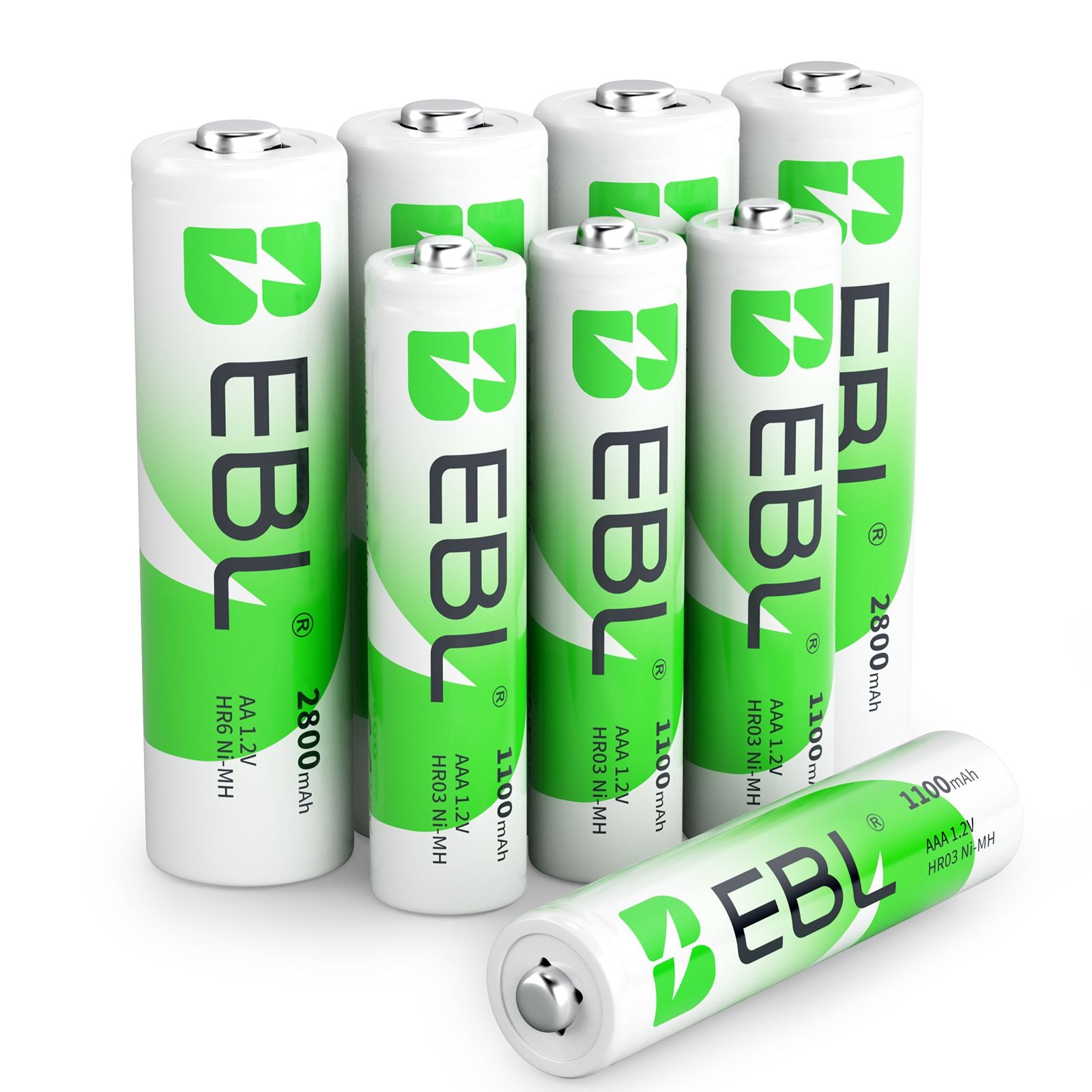

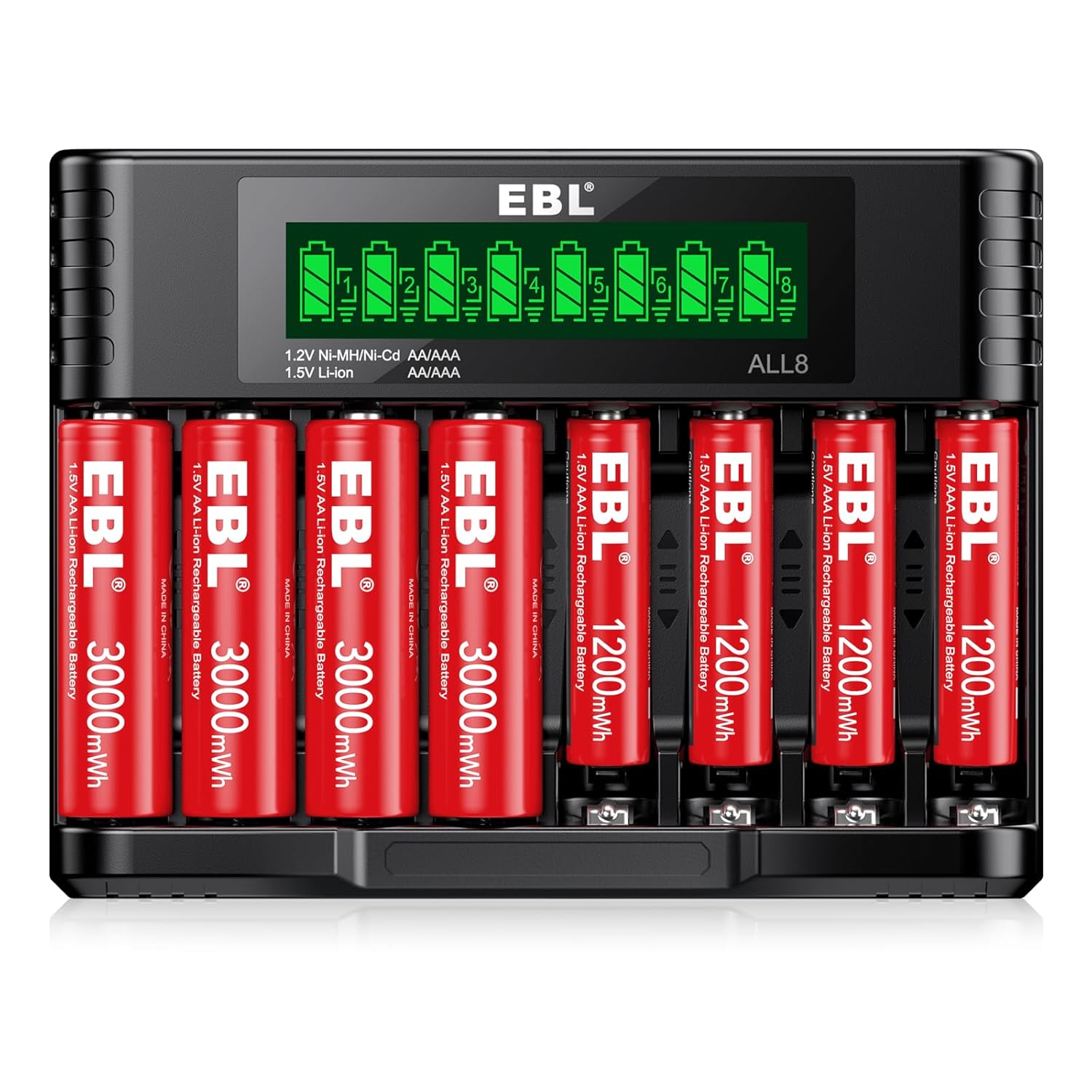

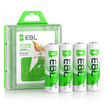
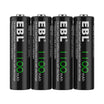
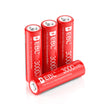

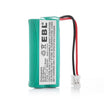
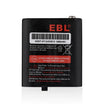
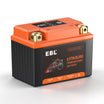
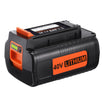

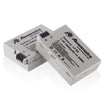


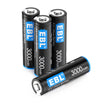

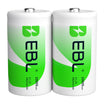

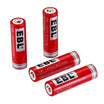

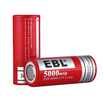

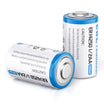
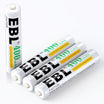
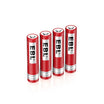
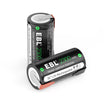


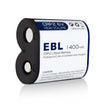
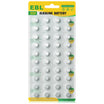

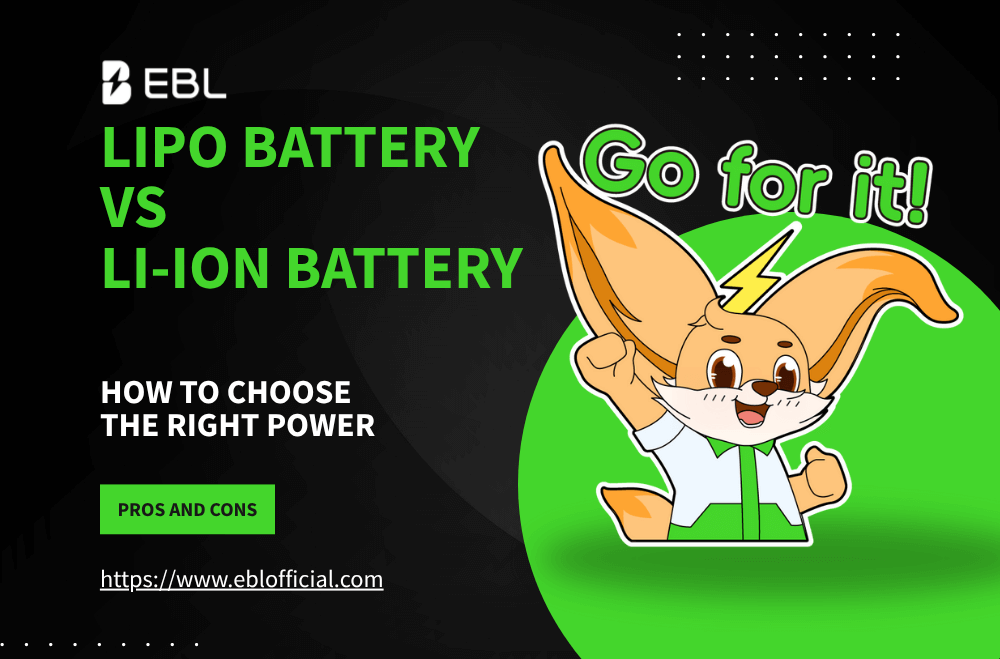
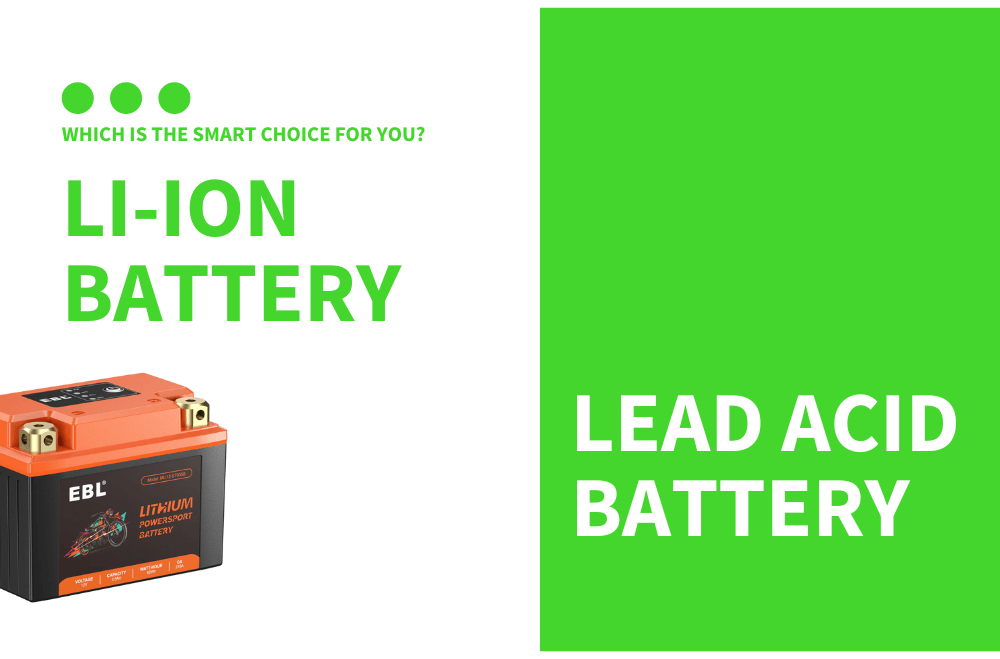


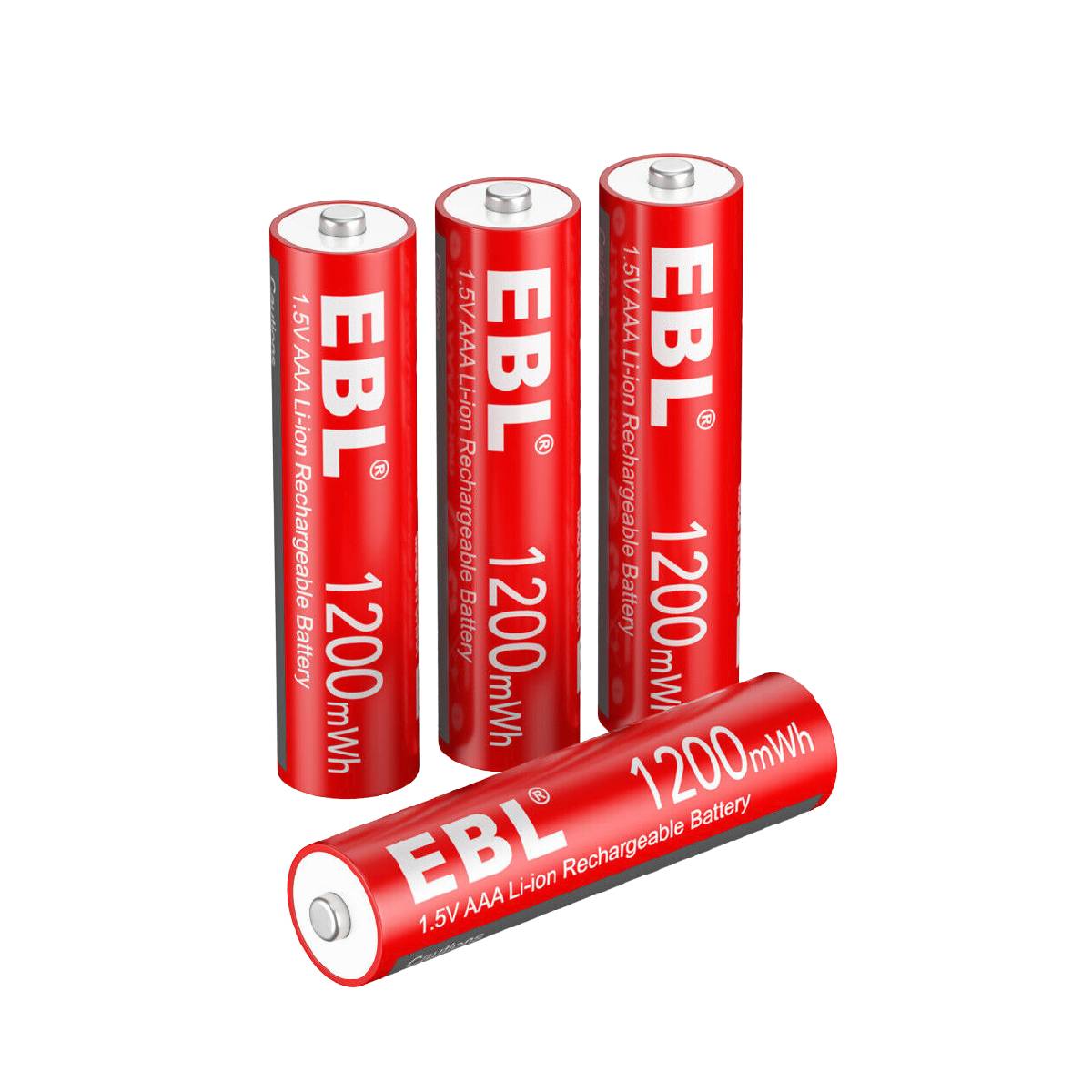
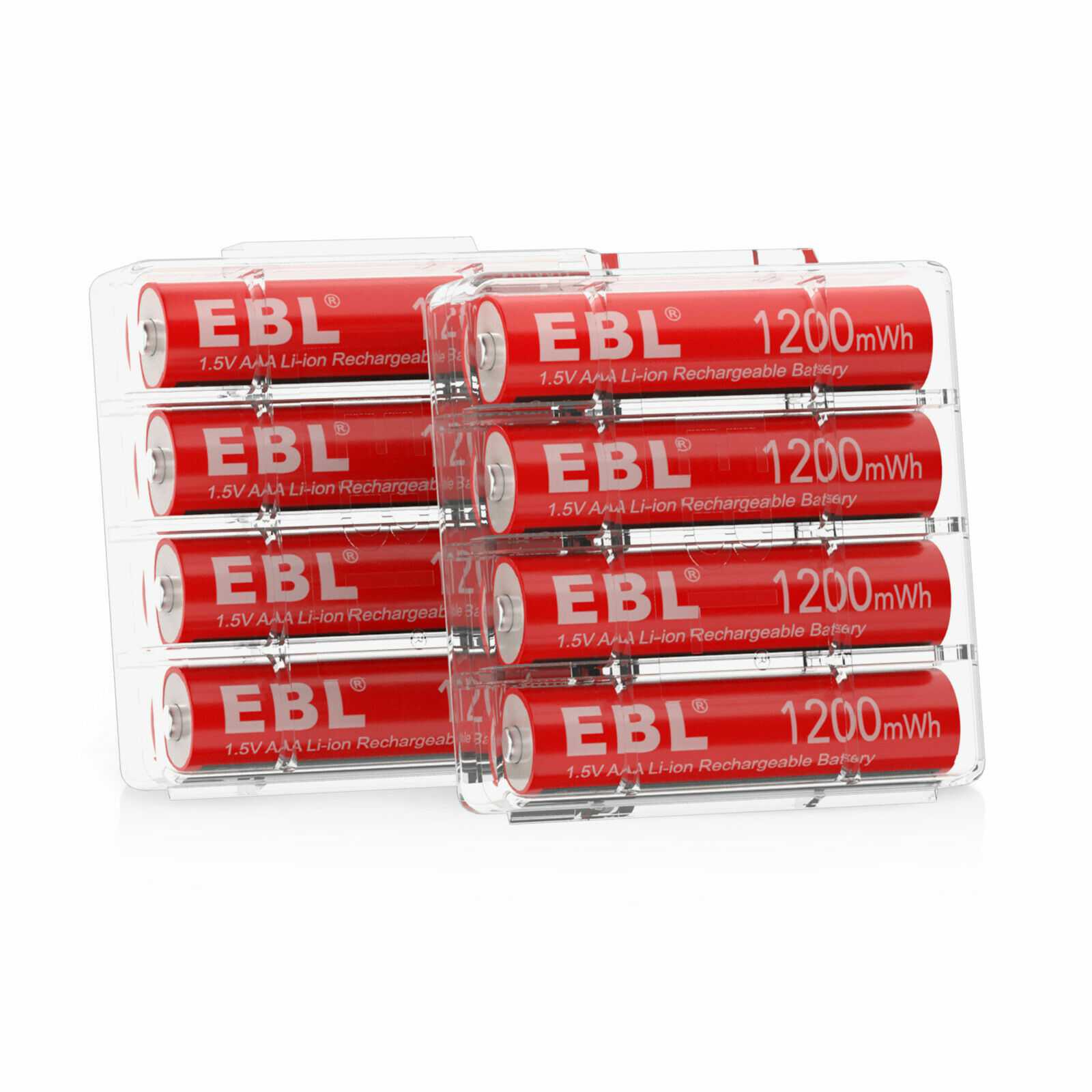
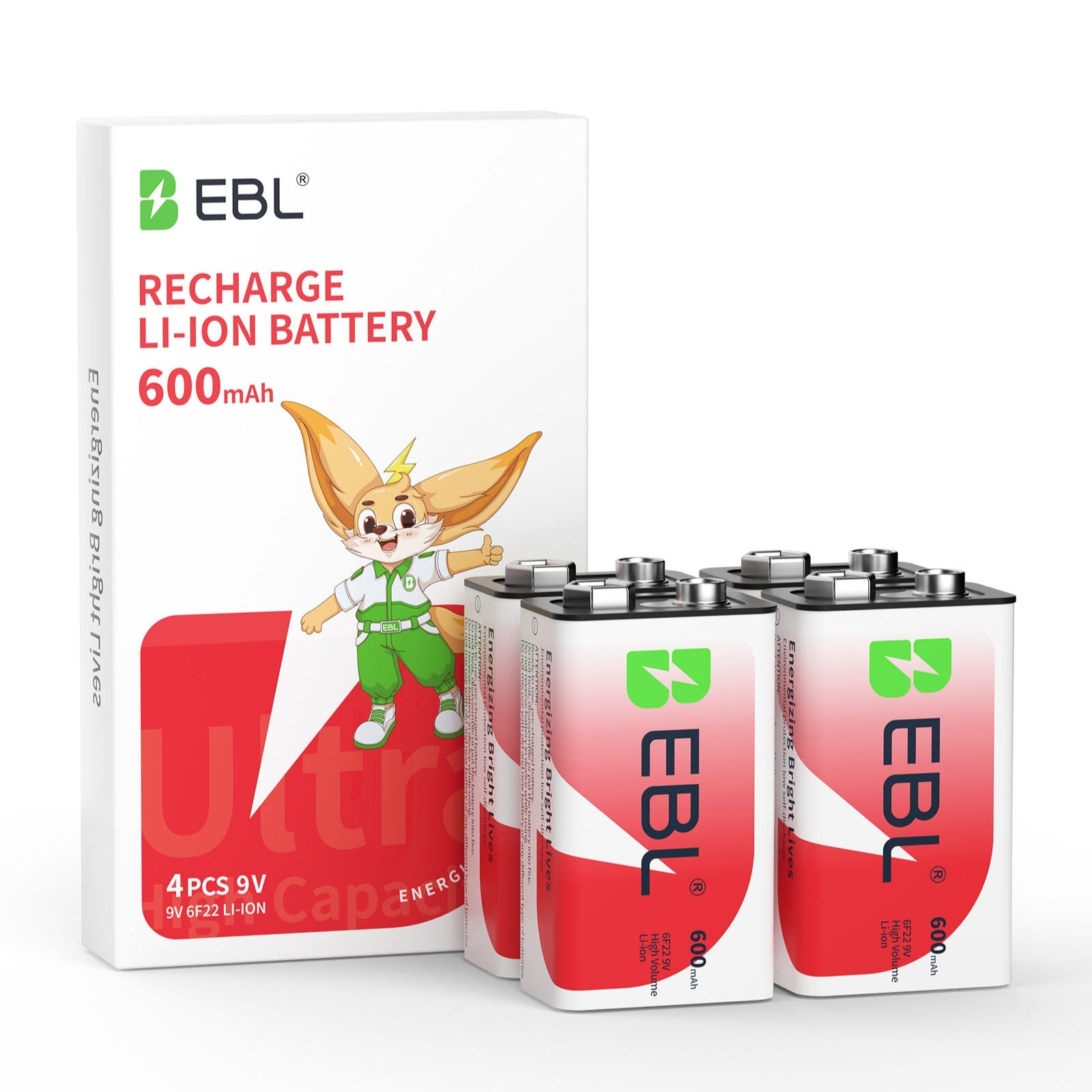
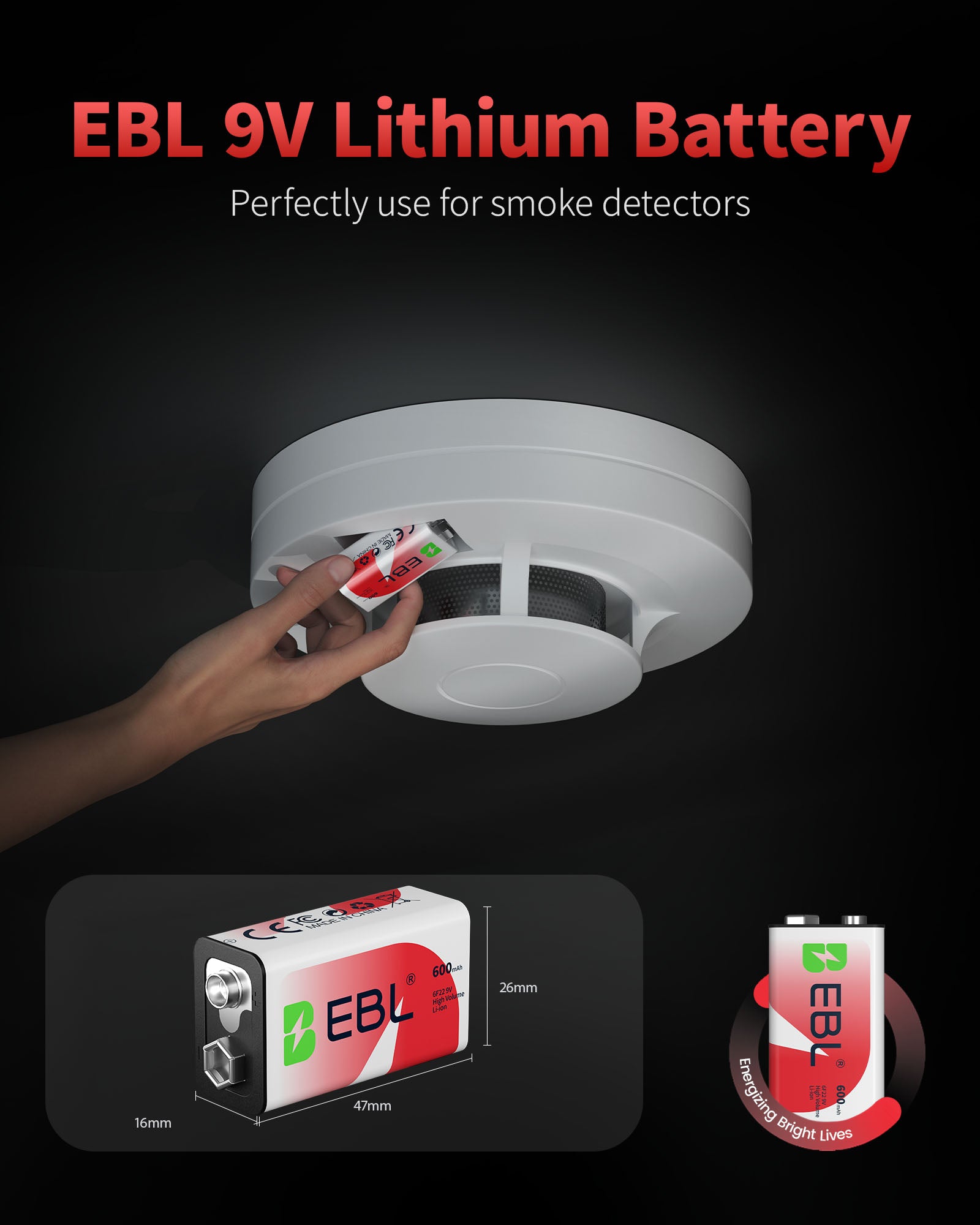
Leave a comment
All comments are moderated before being published.
This site is protected by hCaptcha and the hCaptcha Privacy Policy and Terms of Service apply.